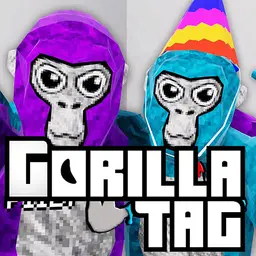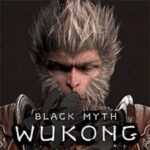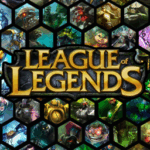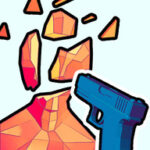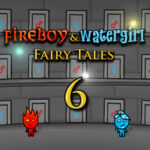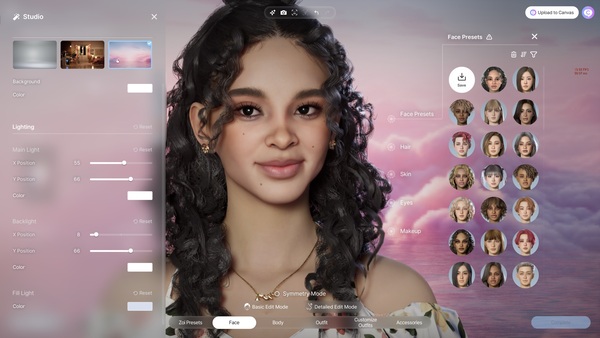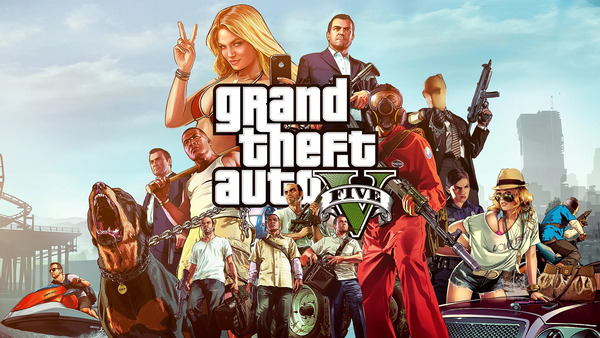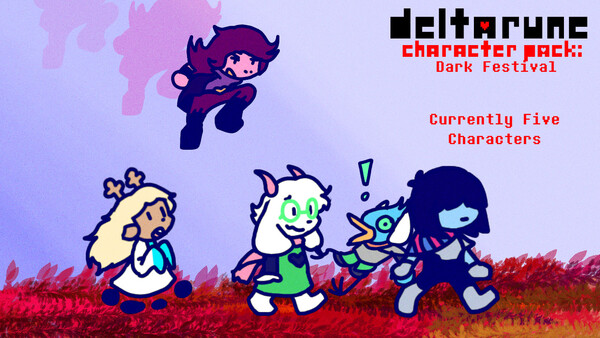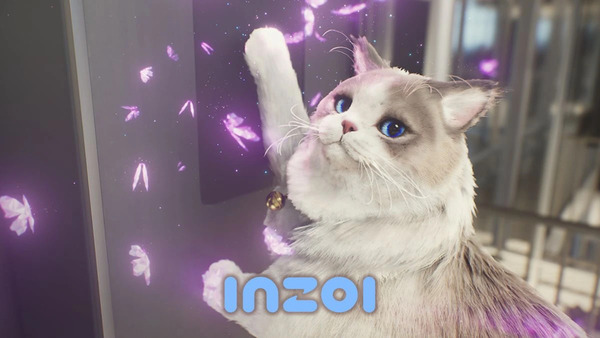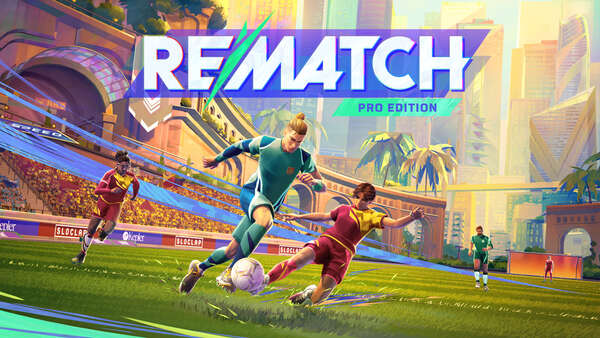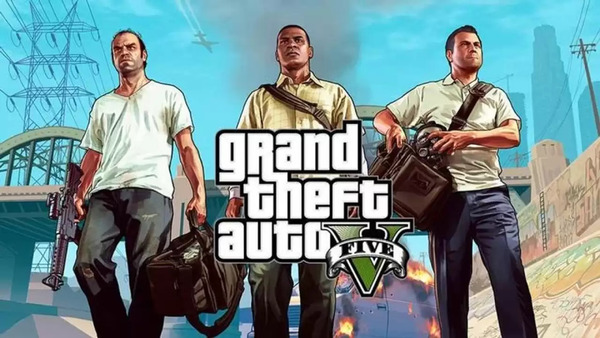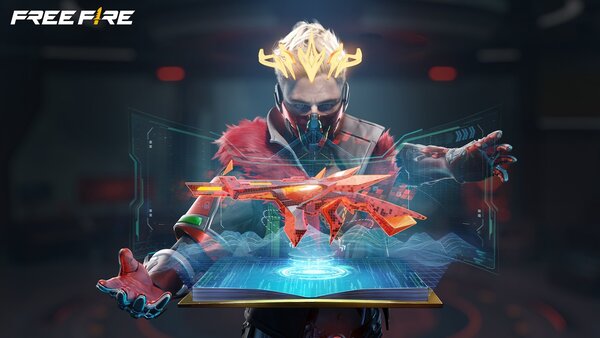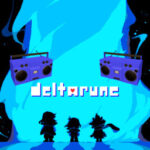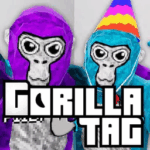Gorilla Tag Introduction
Gorilla Tag has taken the VR gaming community by storm with its unique locomotion system, chaotic multiplayer mechanics, and vibrant social dynamics. Developed by Another Axiom, this indie VR game strips down traditional movement and combat mechanics to their core. By forcing players to move like gorillas—using only their arms to run, climb, and leap—it creates an intensely physical, immersive, and refreshingly simple gaming experience. This article takes a deep dive into the heart of Gorilla Tag, exploring its evolution, community, mechanics, and why it’s more than just a novelty in the VR space.
Introduction to Gorilla Tag: A Game of Movement and Madness
Gorilla Tag was launched in early 2021 and quickly captured attention with its unconventional approach to VR.
No Buttons, Just Arms
Unlike most VR games that rely on joysticks for movement, Gorilla Tag uses physics-based locomotion. Players move by physically swinging their arms in VR space.
Viral Growth
What began as a small experimental project exploded in popularity, driven by TikTok videos, YouTube gameplay, and word-of-mouth within the VR community.
Learning to Move: The Gorilla Locomotion Challenge
At the heart of Gorilla Tag is its motion system, which defines the game’s learning curve and player identity.
Crawling Before You Run
New players often struggle with basic movement, creating a humbling but motivating introduction to the game.
Mastering Speed and Control
Advanced players develop muscle memory, using wall-bounces, tree-jumps, and branch-swings to gain tactical advantages.
Movement Skill Progression
- Beginners: Slow, wobbly floor movements
- Intermediate: Reliable wall scaling and evasion
- Advanced: Seamless branching and precision jukes
The Core Game Mode in Gorilla Tag: Tag, Pure and Simple
Gorilla Tag’s default mode is deceptively simple: one gorilla is “it” and must tag others.
Lava, Infection, and Hunt
There are several variations of tag:
- Infection: Each tagged player becomes “lava,” increasing the threat.
- Hunt: Players are given a target to tag while being hunted themselves.
- Casual: A free-play zone with no tagging or pressure.
Strategy and Speed
Because of the game’s raw physicality, evasion and strategy are more about positioning, movement rhythm, and prediction than button mashing.
The Maps in Gorilla Tag: Diverse Environments That Reward Creativity
Gorilla Tag currently features multiple maps that vary in size, verticality, and design complexity.
Forest: The Classic Arena
The original map features trees, stumps, a cave, and platforms that offer branching and wall-play opportunities.
Canyon, City, and Mountains
Newer maps include:
- Canyon: A narrow, layered environment with ropes and rock ledges
- City: A hub-like area with cosmetics and shops
- Mountains: Fast-paced with ice mechanics, slides, and tunnels
Cosmetics and Customization in Gorilla Tag: Expression Through Aesthetics
Though gameplay is raw and minimal, customization options bring personality to each gorilla.
Hats, Glasses, and Skins
Players can equip seasonal and holiday-themed items such as:
- Party hats
- Bunny ears
- Sunglasses
Cosmetic Economy
Cosmetics are bought with shiny rocks, earned through gameplay or real-world purchases. The absence of pay-to-win mechanics is a major plus.
Community and Player Culture in Gorilla Tag: More Than a Game
This game has become a vibrant social platform, especially for younger players.
Voice Chat and Roleplay
Proximity voice chat enables organic conversations, roleplay, and casual interaction.
Meme Culture and Creators
A large part of the game’s success is due to content creators who post tutorials, challenges, and skits—fueling cultural momentum.
Modding and Fan-Made Content: Expanding the Jungle
Unofficial mods have added depth and variety to the game.
Custom Maps and Tools
PC users can install mods that introduce:
- Parkour courses
- Horror maps
- Unique tag modes
Developer Support and Concerns
While mods enrich the experience, they’re not officially supported in live servers due to security and fairness concerns.
Events and Seasonal Updates in Gorilla Tag: Keeping the Jungle Fresh
Developer Another Axiom actively updates the game with events, maps, and balance tweaks.
Seasonal Themes
Halloween, Christmas, and Spring events introduce:
- Limited-time maps
- Exclusive cosmetics
- Special game modes
Community Tournaments
Player-run tournaments and tag competitions add a semi-competitive edge.
Gorilla Tag: Technical Performance and Accessibility
Despite its indie origins, Gorilla Tag is well-optimized for both PC VR and standalone headsets.
Low System Requirements
The game runs smoothly on devices like Oculus Quest 2, making it widely accessible.
Cross-Platform Play
Players across SteamVR and Oculus platforms can play together, bridging communities.
Gorilla Tag: Final Rating and Expert Verdict
This game isn’t just a VR game—it’s a new form of digital movement and community interaction. It strips away complexity and replaces it with purity of movement, physical engagement, and emergent social play. It’s chaotic, sometimes messy, but always memorable.
Gorilla Tag Rating Breakdown
| Category |
Score |
| Innovation and Mechanics |
9.8 |
| Graphics and Performance |
7.5 |
| Community and Social Value |
9.4 |
| Replayability |
9.1 |
| Accessibility |
8.8 |
Overall Expert Score:
8.9 / 10
Conclusion: Primal, Physical, and Pure VR Fun
This game is a rare example of how simplicity and community can create lasting impact. With its unique locomotion, diverse environments, and unfiltered social experience, it stands as a breakout hit that continues to evolve with its players.
